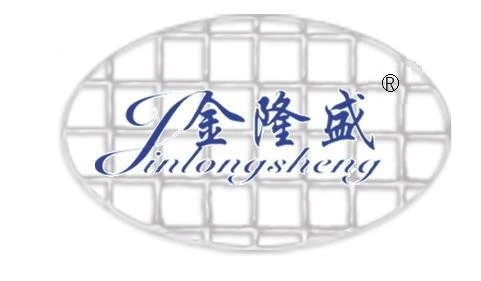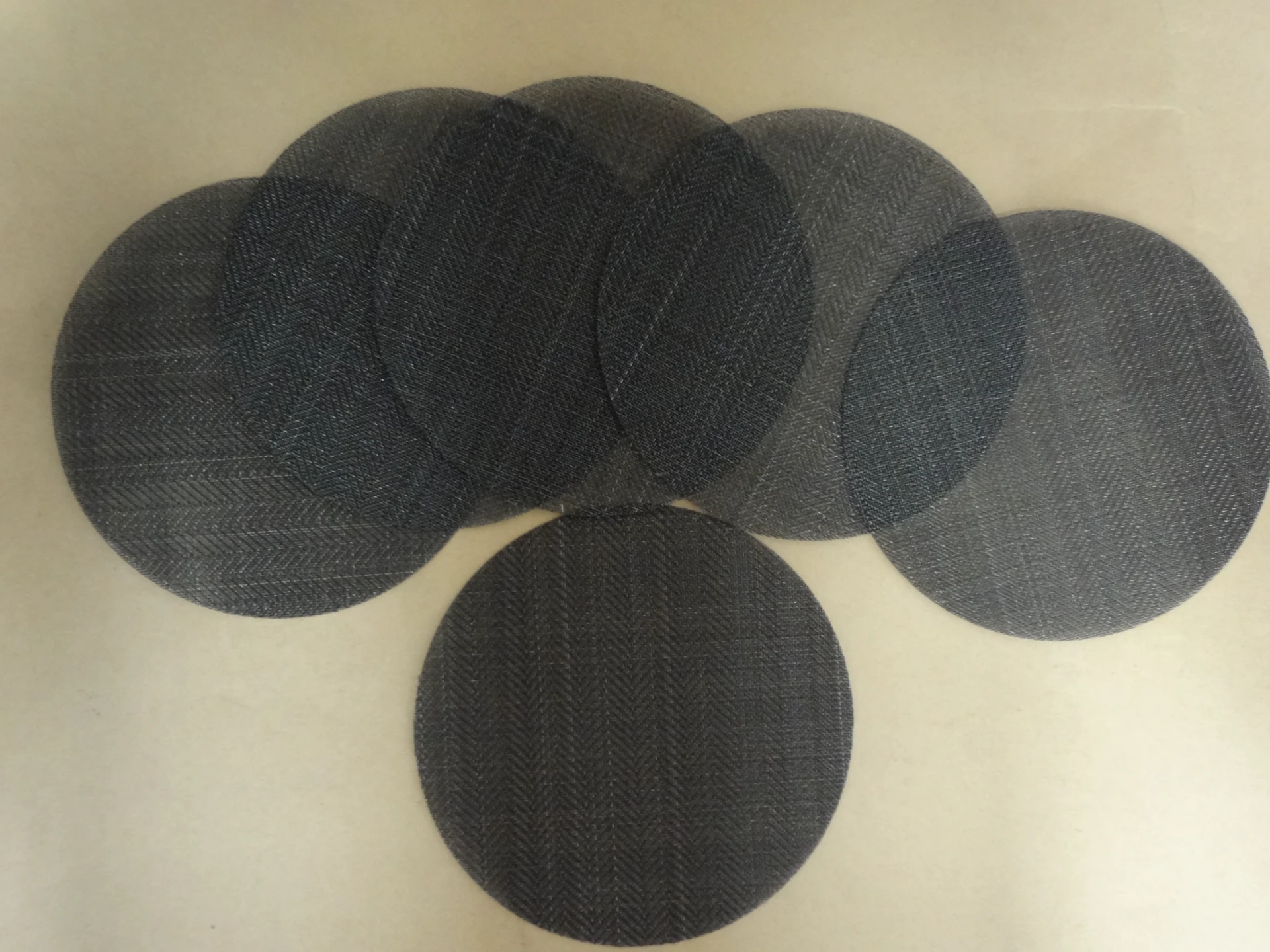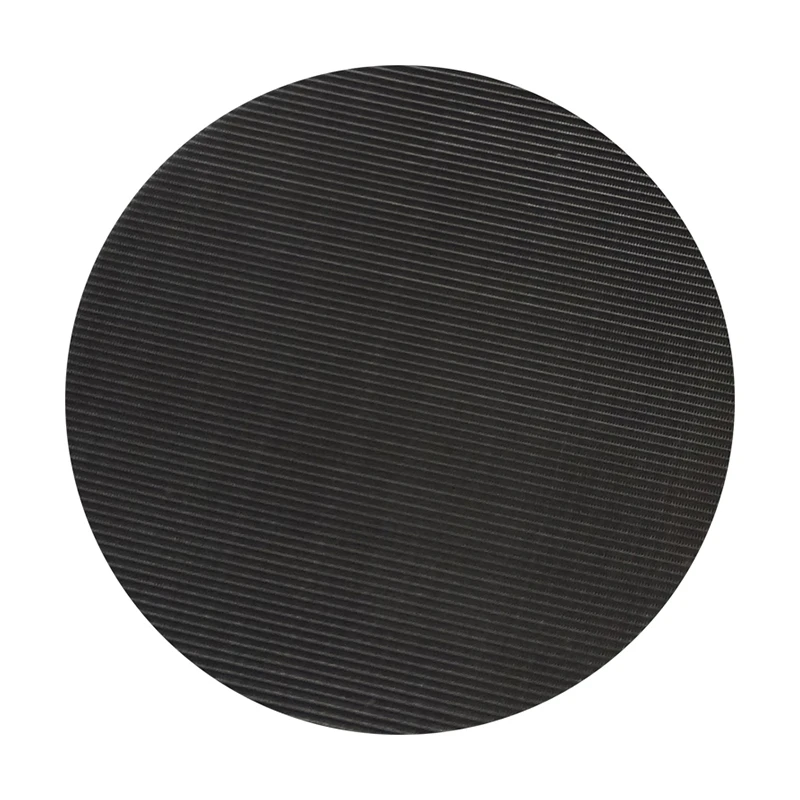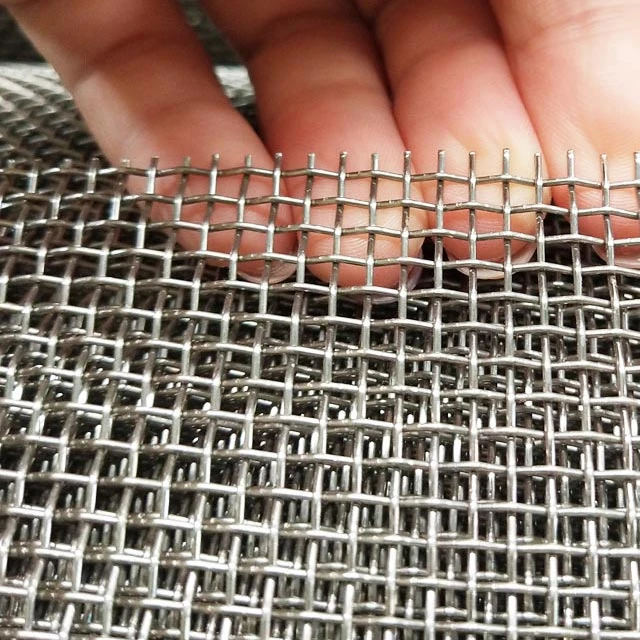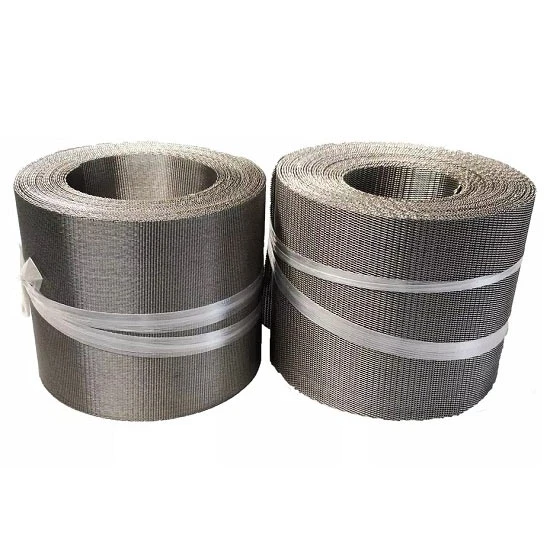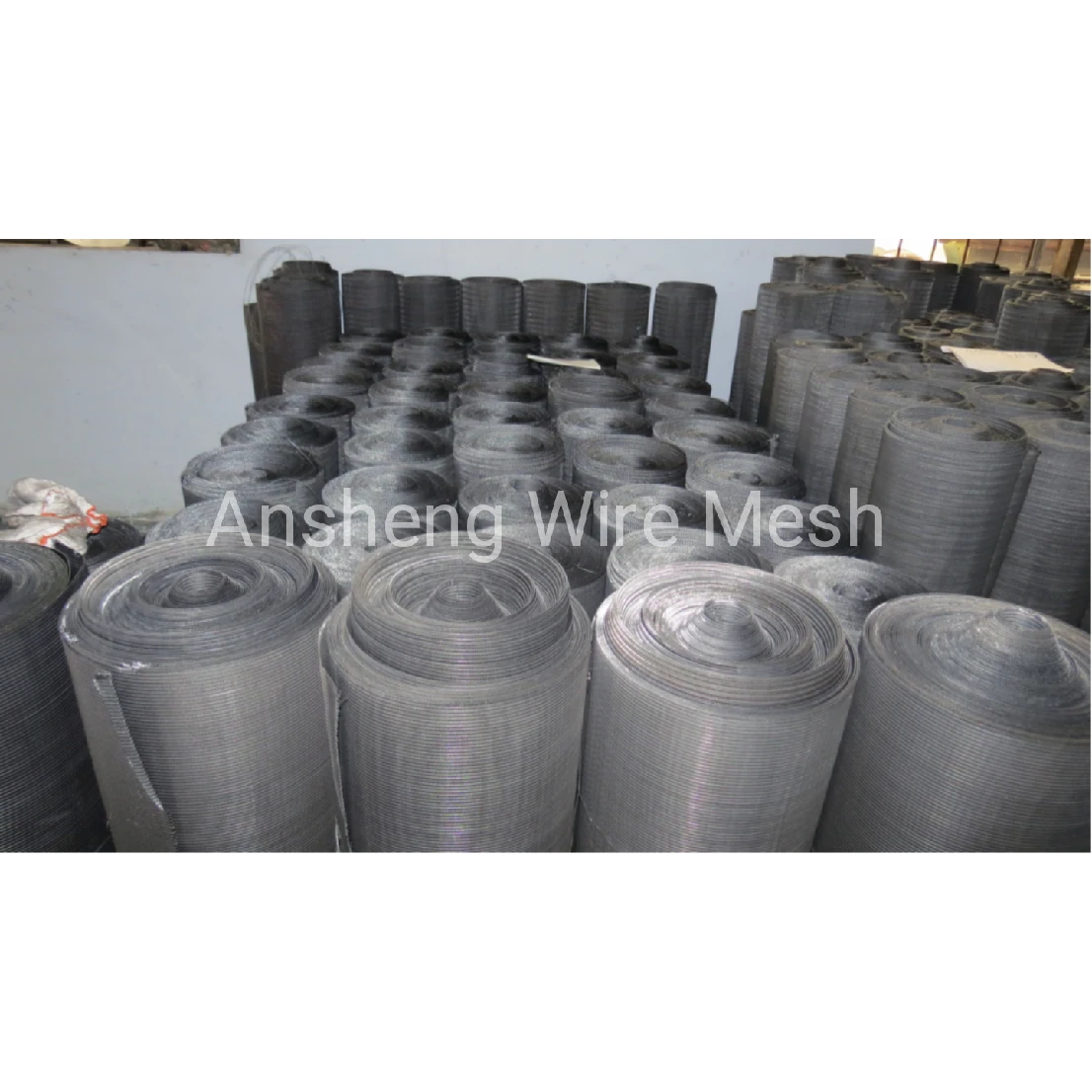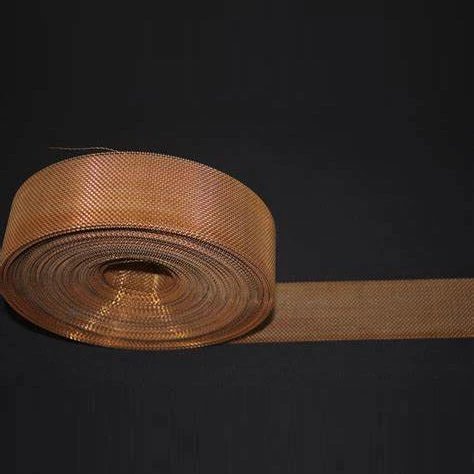- Fundamental explanation of Plain Dutch Weave mechanics and structure
- Technical advantages of Dutch weave pattern over standard meshes
- Comparative analysis of manufacturer specifications
- Customization possibilities for industrial applications
- Practical implementation examples across industries
- Selection criteria for operational efficiency
- Future development trajectory in material science
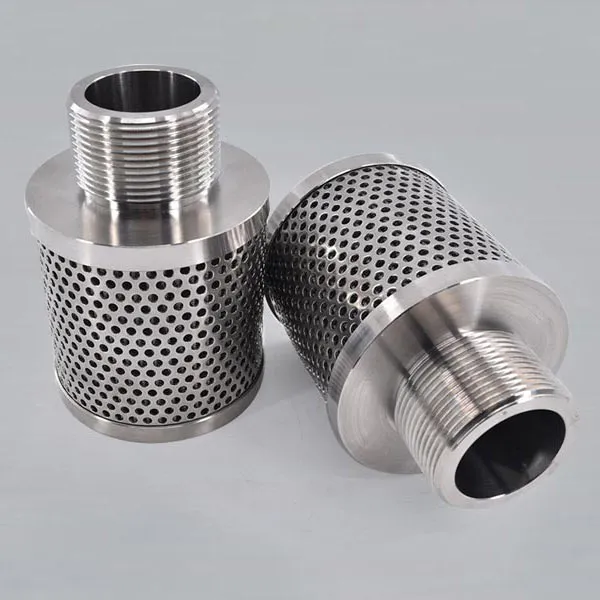
(plain dutch weave)
Understanding Plain Dutch Weave Mesh Fundamentals
Plain Dutch Weave represents a specialized wire mesh configuration characterized by its dual-wire composition. Unlike standard weaves, this technique employs thicker warp wires and significantly thinner weft wires tightly interwoven perpendicularly. The resultant mesh achieves exceptionally fine filtration capabilities while maintaining exceptional structural integrity under pressure. Manufacturers typically utilize corrosion-resistant materials like 304/316 stainless steel or nickel alloys for demanding environments.
Technical Superiority of Precision Weave Patterns
The engineering distinction lies in the asymmetric wire ratios between warp (90-250 micron diameter) and weft (20-50 micron diameter) components. This configuration delivers porosity reductions of 30-40% compared to twill weaves at equivalent micron ratings while increasing tensile strength by up to 60%. Industrial testing verifies such meshes withstand differential pressures exceeding 200 psi without deformation – a critical advantage in high-pressure filtration scenarios. Additionally, the smooth surface profile minimizes particulate trapping, yielding cleaner backwash cycles.
Performance Benchmarks Across Manufacturers
| Manufacturer | Filtration Range (μm) | Tensile Strength (MPa) | Max Temperature (°C) | Relative Flow Rate |
|---|---|---|---|---|
| Haver & Boecker | 15-250 | 690 | 540 | 1.0x |
| Atkinson | 10-300 | 620 | 480 | 0.9x |
| W.S. Tyler | 20-180 | 670 | 510 | 1.1x |
| GKD | 5-400 | 710 | 565 | 0.95x |
Custom Engineering Solutions
Tailored configurations address application-specific challenges. Nuclear facilities require mesh certified to ASME Section III standards with neutron-absorbing boron-infused alloys. Pharmaceutical processors commission electro-polished variants achieving Ra≤0.2 μm surface roughness for sterile conditions. Aerospace applications employ Inconel® meshes with 40% thicker warp wires to withstand turbine pressures at 850°C. Manufacturers offer wire customization down to 12μm diameter and welding compatibility with diverse flange materials including duplex steels and titanium.
Industrial Implementation Case Studies
Offshore drilling platforms utilize 316L stainless Dutch Weave filters (nominal 40μm) as primary hydrocarbon separators, processing 120,000 barrels daily with 99.97% particulate retention. Petrochemical catalyst recovery systems employ 25μm weave baskets that withstand cyclic pressures during regeneration, saving $250,000 annually in replacement media costs. Semiconductor fabs install 10μm electroformed-nickel variants in ultrapure water systems, reducing particle counts below 0.1/ml. Food production lines implement 60μm Dutch Weave in CIP systems, decreasing sanitation downtime by 35%.
Selection Protocol for Operational Efficiency
Optimal mesh specification requires evaluating fluid dynamics against material properties. Calculate required porosity using Darcy's law with viscosity modifiers at operating temperatures. For slurries exceeding 15% solids concentration, select warp diameters 25% above theoretical minimum. Validate corrosion allowances against electrochemical potentials using Evans diagrams. Critical applications warrant prototype testing across 500+ pressure cycles and fluid compatibility verification per ASTM G31 standards. Most installations achieve ROI within 18 months when replacing conventional screens due to extended service intervals.
The Future Landscape of Plain Dutch Weave Applications
Material science innovations continue expanding plain dutch weave
capabilities. Nano-coating technologies enhance chemical resistance in extreme pH environments, while 3D-laminated structures enable 5μm absolute filtration at flow rates previously unattainable. Emerging applications include battery separator membranes for EVs, achieving 70% higher ionic conductivity than polymer alternatives. Research at Cambridge University demonstrates enhanced plasmonic sensing capabilities when the weave pattern incorporates gold nanowires, suggesting biomedical diagnostic applications. As manufacturing precision improves, this engineering textile will increasingly permeate advanced filtration, separation, and energy conversion systems.
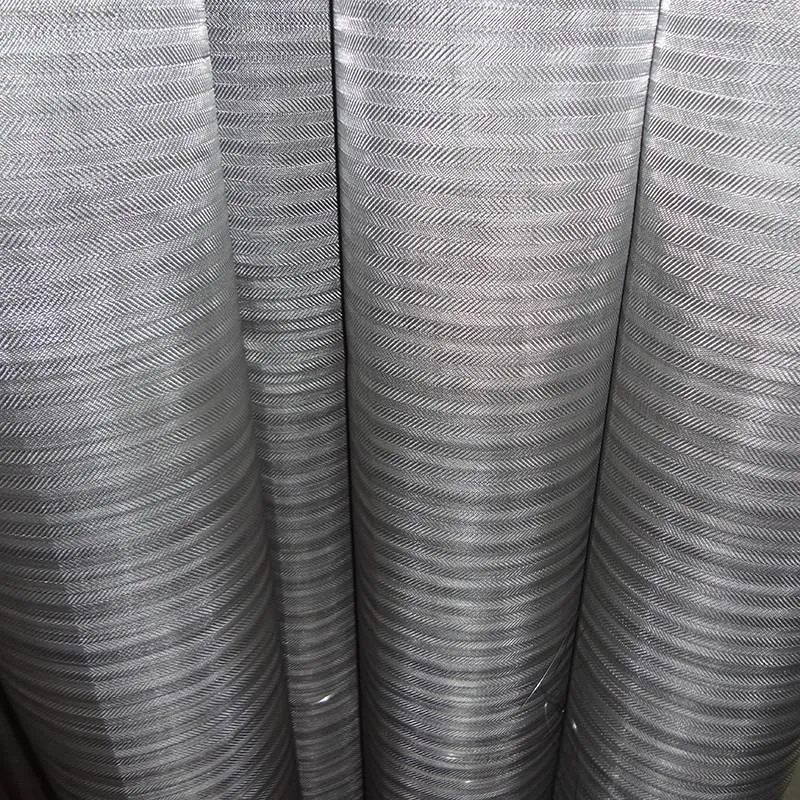
(plain dutch weave)
FAQS on plain dutch weave
Here are 5 frequently asked questions (FAQs) about Plain Dutch Weave:
Q: What is Plain Dutch Weave?
A: Plain Dutch Weave is a specialized weaving technique with thicker warp wires and finer weft wires densely packed together. This creates a strong, stable mesh with very small pores that excels in fine filtration applications.
Q: How does Plain Dutch Weave Mesh differ from standard plain weave?
A: Plain Dutch Weave uses asymmetrical wire diameters (thicker warps, thinner wefts) in contrast to uniform wires in standard plain weave. This configuration provides higher stability, smoother surfaces, and smaller pore retention for filtering fine particles while maintaining durability.
Q: What are key uses of Plain Dutch Weave?
A: This weave is primarily used for precision filtration of liquids and gases requiring micropore retention. Common applications include chemical processing filters, fuel and oil purification systems, and high-pressure filtration where minimal particle bypass is critical.
Q: Why is Plain Dutch Weave preferred for micron-level filtration?
A: Its tightly packed fine weft wires create consistent, extremely small openings unreachable with symmetrical weaves. The thicker warps reinforce the structure, preventing pore deformation under pressure, enabling reliable sub-micron particle capture.
Q: Can Plain Dutch Weave handle high-pressure environments?
A: Yes, its reinforced warp wires provide exceptional mechanical strength and dimensional stability. This makes it ideal for industrial uses like hydraulic systems or chemical reactors where meshes face continuous stress without flexing or fatigue failures.
Post time: Jun . 08, 2025 06:29
